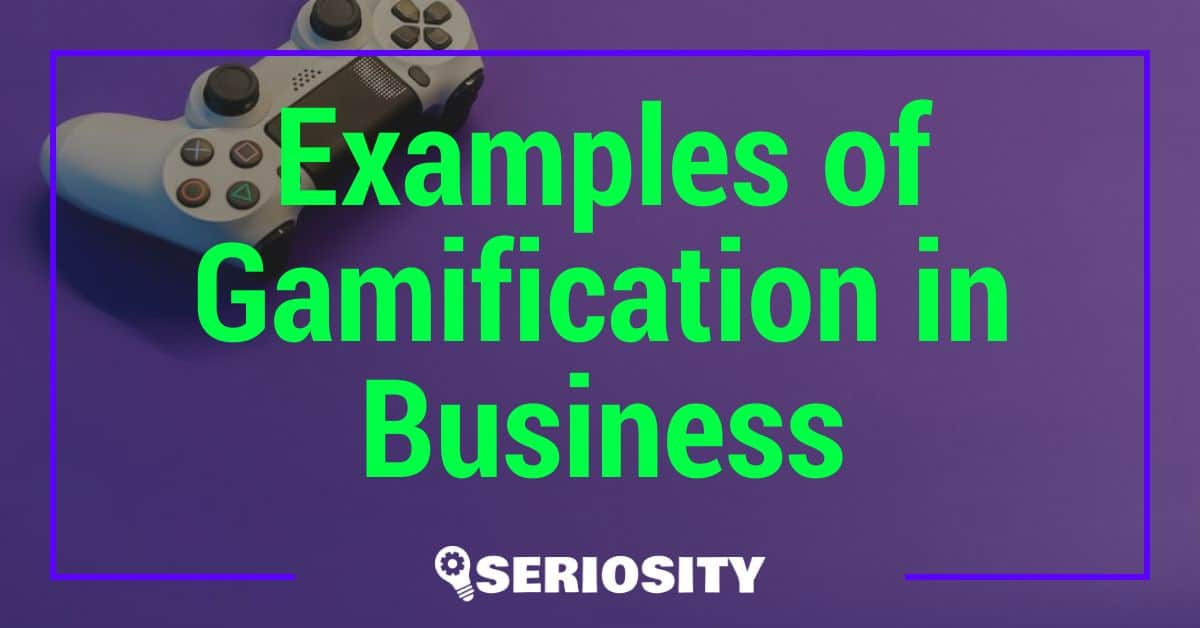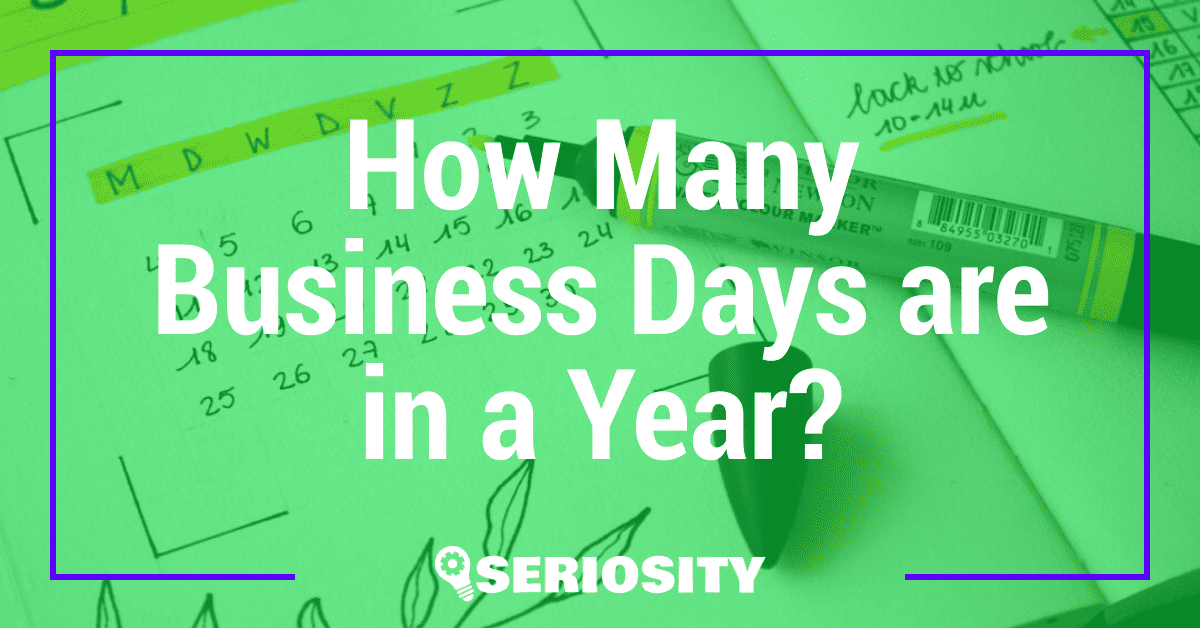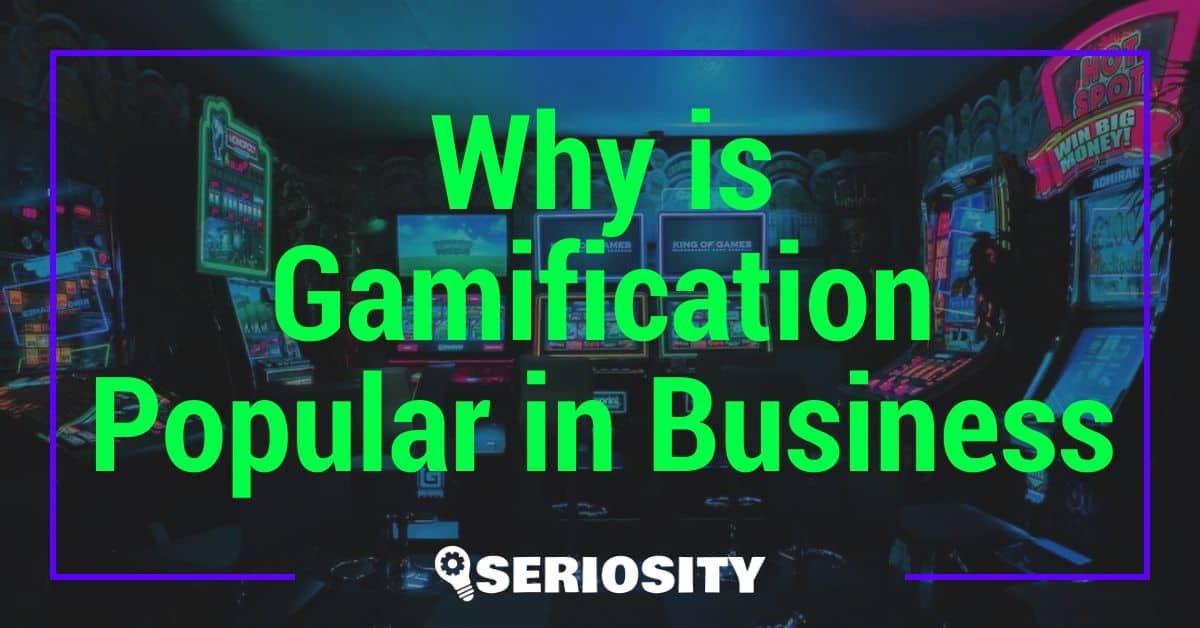Ever wondered who owns the grand Windsor Castle, a place steeped in history and royal charm? It’s not just a tourist attraction; it’s a living piece of history, and the ownership might surprise you.

Windsor Castle, with its sprawling grounds and majestic towers, is more than just stone and mortar. It’s a symbol of heritage, power, and continuity in the UK. But when it comes down to it, who really holds the keys to this iconic fortress? Let’s dive in and uncover the mystery behind the ownership of Windsor Castle.
Key Takeaways
- Windsor Castle, a symbol of heritage and continuity in the UK, is owned by the British Crown, illustrating a form of stewardship and legacy planning akin to a successful business holding assets for long-term growth.
- The castle’s evolution from a wooden fortress to a stone citadel, undergoing numerous transformations by different monarchs, mirrors the adaptive and innovative strategies needed in successful entrepreneurship.
- The historical significance of Windsor Castle, including its role in major diplomatic events and its reflection of the monarchy’s stability, offers lessons in branding, crisis management, and the importance of adaptability for any business owner.
- The Crown Estate’s management of Windsor Castle, generating substantial revenue for the Treasury, showcases the importance of diversifying income streams and contributing to the wider community, paralleling a successful business strategy focused on sustainable growth and community impact.
- Ownership and stewardship of Windsor Castle emphasize not just the preservation of history, but a forward-thinking approach to legacy and impact, resonating deeply with entrepreneurial values of care, innovation, and strategic development.
History of Windsor Castle
Windsor Castle isn’t just a solemn piece of architecture; it’s a vivid narrative of ambition, akin to the stories you’re passionate about in the business world. This castle, with foundations laid in the 11th century, is a testament to the monumental aspirations of William the Conqueror. Its primary purpose? To safeguard the western approach to London. Just like any enterprising venture, it was built with strategic growth in mind, adapting over centuries to meet the changing needs and tastes of its inhabitants.
As you’d pivot a startup to stay ahead of the curve, Windsor Castle has undergone its fair share of transformations. Each monarch who resided there left their mark, much like CEOs steering a company’s direction. The castle’s evolution from a wooden motte-and-bailey to the stone fortress you see today parallels the scaling of a successful online business.
In the 14th century, Edward III invested what would be millions in today’s money, turning the castle into a Gothic masterpiece. This investment wasn’t merely for defense but to proclaim wealth, power, and taste – not unlike current trends in startup culture where aesthetics and branding play a pivotal role.
By the time Queen Victoria came to the throne, Windsor Castle had grown into a symbol of the British monarchy’s stability, much as consistent branding underlines the reliability of a business. Over the years, despite facing tests such as the devastating fire in 1992, the castle’s essence, its ability to adapt, and emerge stronger, mirrors the resilience needed to sustain and grow an online business or side hustle through challenging times.
Much like reviewing the growth timeline of a successful entrepreneur, understanding the history of Windsor Castle reveals the layers of strategy, adaptation, and resilience that have allowed it to stand the test of time, continually captivating the imagination of people around the globe.
The British Monarchy and Windsor Castle
As an entrepreneur, you know the value of adaptation and longevity in business. Similarly, the British Monarchy’s relationship with Windsor Castle showcases how adapting to change and maintaining tradition have placed this iconic structure in a league of its own. Windsor Castle isn’t just a symbol of the past; it’s a lesson in sustaining relevance across centuries.
The castle is owned by the British Crown, meaning it’s in the hands of whoever wears the crown, not as private property, but as “Crown Estate.” This concept parallels the way a business might hold assets that are essential for its operation but are not the personal property of the owner. As you manage your online ventures, think of how you maintain assets that sustain your business’s growth and image.
Throughout history, each monarch has left their mark on Windsor Castle, not unlike how a CEO leaves an imprint on a company. From William the Conqueror to Queen Elizabeth II, each has renovated, expanded, or refurbished the castle to reflect the needs and artistic preferences of their time. This mirrors how businesses must evolve with leadership changes, market demands, and societal trends. Just as Windsor Castle has been shaped by each monarch, your business too is shaped by your vision and the market’s changing demands.
Windsor Castle’s resilience, demonstrated strikingly after the restoration following the 1992 fire, underscores the importance of crisis management – a critical skill for any entrepreneur. The castle’s ability to stand tall and majestic, despite the challenges thrown its way, offers a beacon of inspiration for businesses facing their own trials.
As you look to Windsor Castle, consider what aspects of its storied relationship with the British Monarchy can inspire the evolution and resilience of your own enterprise. Embrace change, treasure tradition, and maintain the flexibility necessary to endure through the ages, much like the magnificent Windsor Castle.
Previous Owners of Windsor Castle
As an entrepreneur intrigued by success stories, you understand the value of history in shaping the present and future. Windsor Castle, with a history sprawling over 900 years, not only symbolizes regal power but also outlines ownership lessons crucial for any thriving business. Let’s delve into the layers of its past owners and what each era brought to the table.
Initially established by William the Conqueror in the 11th century, Windsor Castle was designed to secure Norman dominance around London. Think of William as an innovator, laying down the first brick of what would become an illustrious legacy. Over the centuries, the castle has seen a varied roster of occupants, each leaving their unique mark.
For instance, Edward III transformed it into a Gothic palace—a massive rebranding in today’s business lingo—establishing the Order of the Garter, England’s oldest order of chivalry. This move wasn’t just about aesthetics or grandeur; it was about positioning, much like a startup choosing its niche in a crowded market.
Henry VIII and Elizabeth I are akin to the seasoned CEOs who not only focused on internal improvements but also on how their kingdom was perceived by the outside world. Their reigns were marked by significant diplomatic events that took place within the walls of Windsor, analogous to a modern company hosting industry conferences or high-profile meetings to bolster its image.
The concept of ownership extends beyond mere possession. Like any successful business or side hustle, it’s about the impact you make and the legacy you leave. The monarchs who’ve called Windsor Castle home understood this, transforming it from a wooden fortress to the iconic structure it stands today.
Viewing the castle’s lineage through the lens of an entrepreneur, you can appreciate the strategic decisions made by its various “CEOs” over the centuries—each leader adapting and innovating to meet the challenges of their times. As you forge your path in the online business world, remember that adaptability and innovation are key, just as they were in the storied halls of Windsor Castle.
Current Ownership of Windsor Castle
If you’ve ever wondered who holds the keys to one of the oldest and largest occupied castles in the world, you’re in for an interesting story. Windsor Castle, a pinnacle of historical architecture and a symbol of royal legacy, is currently owned by the British Crown. This distinction means it’s not the personal property of the reigning monarch, but rather it’s held in trust for future generations of the nation.
This setup isn’t too dissimilar from a successful business structure where assets are held in a way that ensures longevity and legacy. As you know, in the entrepreneurial world, thinking about the long-term impact of your decisions is crucial. Windsor Castle stands as a prime example of this, having been carefully maintained and preserved through centuries.
Owned by the Crown Estate, an independent commercial business, profits from the estate are used not for personal gain but are returned to the Treasury for the benefit of all UK taxpayers. In the last year alone, The Crown Estate contributed over £2.7 billion to the Treasury. Here’s a quick breakdown:
| Year | Contribution |
|---|---|
| 2021 | £2.7 billion |
This mirrors a successful online business strategy—generating profits not just for immediate gains but for sustainable growth and contribution to the wider community.
The operational aspect of Windsor Castle as a tourist attraction also reflects smart business tactics. Opening its doors to visitors, it generates substantial revenue, demonstrating how diversifying income streams can be as beneficial for a country’s heritage sites as it is for your latest start-up venture.
So, when you think about ownership of Windsor Castle, it’s not just about who owns it on paper. It’s a masterclass in stewardship, forward-thinking, and strategic planning. As an entrepreneur, these are values that likely resonate with you deeply. Whether you’re managing a global empire or your newest online venture, the principles of care, legacy, and strategic development remain the same.
Conclusion
So there you have it. Windsor Castle stands as a prime example of how traditional structures can adopt modern business strategies for sustainability and growth. By managing its resources wisely and focusing on the long-term benefit of the community, it’s more than just a residence for royalty; it’s a lesson in stewardship and strategic planning. Whether you’re running a centuries-old castle or starting your own venture, the principles of diversifying income streams and thinking ahead are universally applicable. Let’s take a leaf out of Windsor Castle’s book and aim for longevity and legacy in all our endeavors.
Frequently Asked Questions
Who owns Windsor Castle?
Windsor Castle is owned by the British Crown. It is held in trust for future generations, ensuring its maintenance and preservation are overseen with a long-term perspective.
How does Windsor Castle contribute to the UK Treasury?
Windsor Castle contributes to the UK Treasury through the profits managed by the Crown Estate. This organization oversees the castle’s maintenance and operations, channeling profits directly to the treasury and benefitting the UK’s economy.
What business strategies can entrepreneurs learn from Windsor Castle?
Entrepreneurs can learn the importance of stewardship, legacy, and diversifying income streams from Windsor Castle. The castle’s operational model emphasizes sustainable growth, community benefit, and strategic planning, offering valuable insights for managing ventures with a long-term vision.
How is Windsor Castle a model for sustainable business practices?
Windsor Castle exemplifies sustainable business practices by focusing on generating profits for long-term growth while ensuring the property’s upkeep and benefit to the community. Its operations as a tourist attraction highlight the benefits of diversifying income and planning strategically for future generations.














